Plan Your Adventure
Talk with a knowledgeable AAA Travel Agent to find the best lodging and travel options for a memorable national park experience.
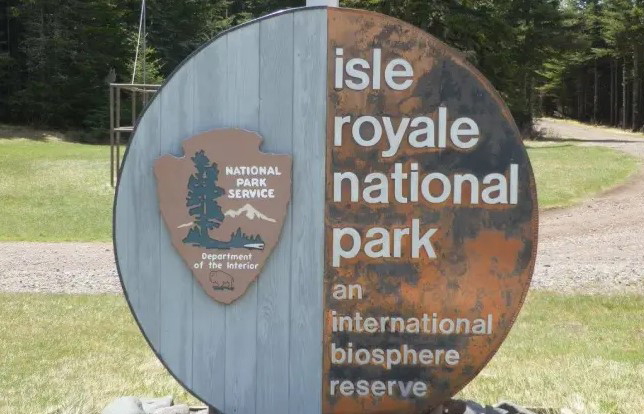 NPS
NPS
Isle Royale National Park is an archipelago located in northwestern Lake Superior, 15 miles from the shores of Ontario, Canada. The main island—45 miles long and 9 miles wide—is surrounded by more than 400 smaller islands. The park is extremely isolated and inaccessible to motorists; visitors must reach it by boat or seaplane.
In 2023, Isle Royale had only 29,059 visitors, making it the fifth least-visited national park that year. Rigorous pursuits like backpacking, hiking, paddling and diving attract active types looking for adventure without the crowds, but there’s also the option of taking one of several boat tours with stops at the park’s three visitor centers if you prefer to keep things relaxed. Either way, your reward will be a memorable getaway to a remote, wild wonderland in the largest freshwater lake in the world.
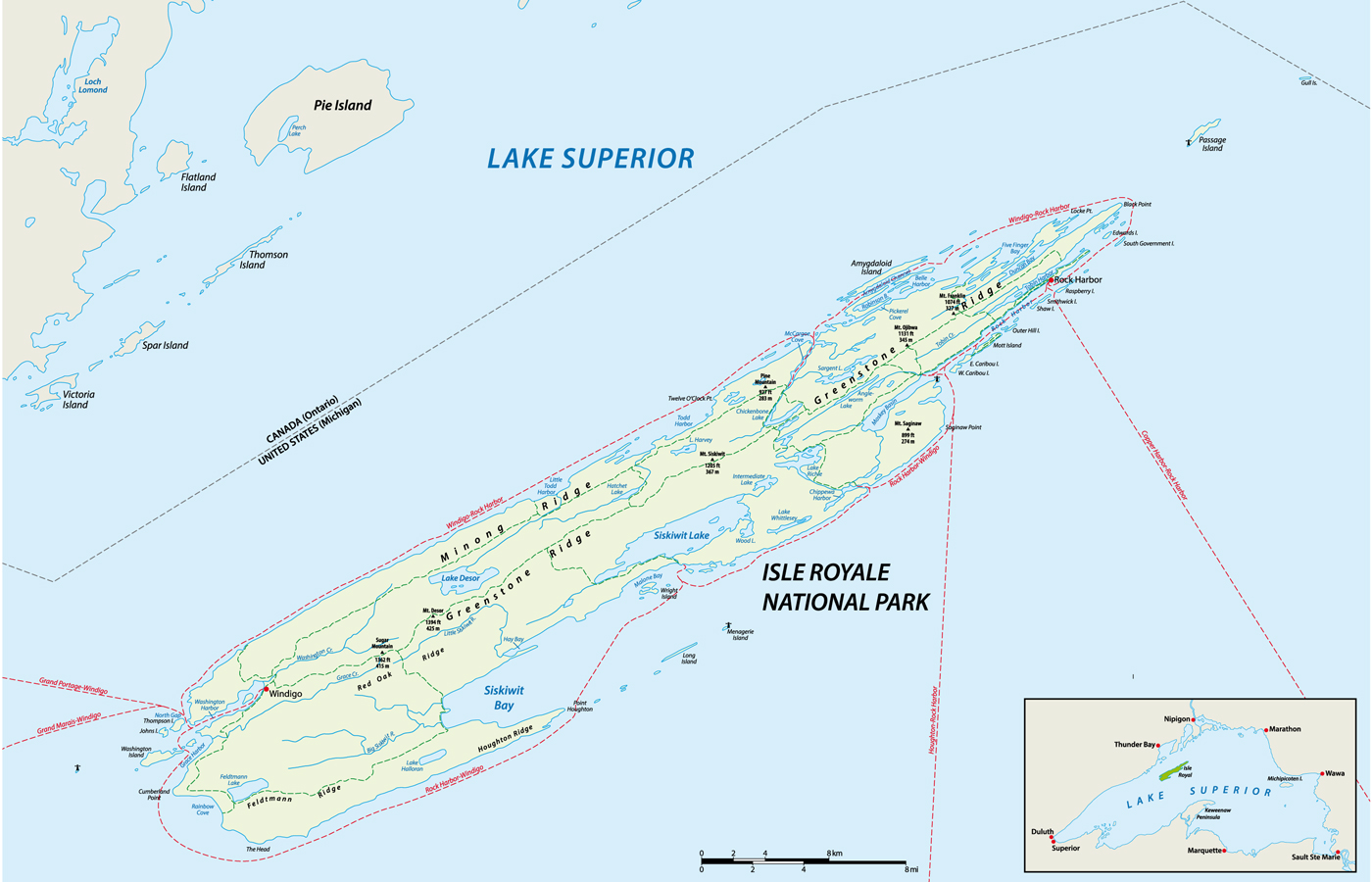 Isle Royale National Park is one of the least visited national parks in the U.S., largely due to its remote location in Lake Superior. Lake Superior is the largest of all five Great Lakes, bordering on Michigan, Minnesota, and Wisconsin.
Adobe Images
Isle Royale National Park is one of the least visited national parks in the U.S., largely due to its remote location in Lake Superior. Lake Superior is the largest of all five Great Lakes, bordering on Michigan, Minnesota, and Wisconsin.
Adobe Images
More than a billion years ago, the Greenstone lava flow—one of the world’s largest—left its mark on the surface geology of the area that’s now Lake Superior. Folding rock layers formed a basin, with one end of the fold rising into what would become Isle Royale. Later glacial events further shaped the land and filled the basin with water, thus creating the island. Earliest signs of human activity on Isle Royale show that Natives dug shallow pits to mine the abundant copper deposits more than 4,000 years ago.
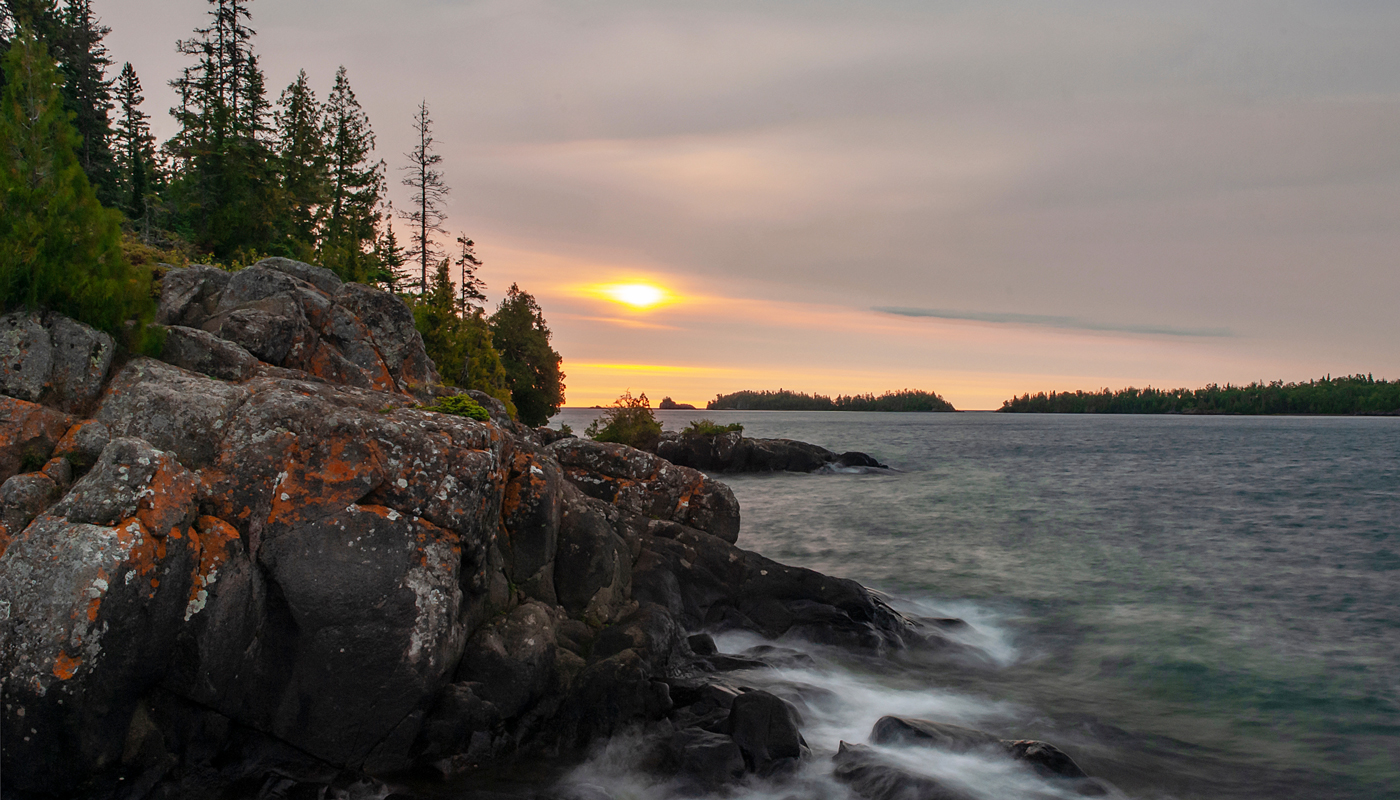 The Isle Royale’s rugged terrain, with its ridges and valleys, was shaped by glaciers, which carved out the landscape and left behind the current island and its surrounding waters in Lake Superior.
Adobe Images
The Isle Royale’s rugged terrain, with its ridges and valleys, was shaped by glaciers, which carved out the landscape and left behind the current island and its surrounding waters in Lake Superior.
Adobe Images
Fast-forward to the 1600s, when European-American missionaries, traders and explorers began traveling by canoe to Isle Royale. Then, in 1783, the Treaty of Paris officially declared the United States an independent country and the nation’s boundaries were drawn. Recognizing the value of the copper deposits on Isle Royale, Benjamin Franklin insisted it fall within the American boundary.
In 1837, the American Fur Company opened fishing posts on the isle, bringing to it the first large vessels and regular boat service. Isle Royale’s natural resources caught the attention of mining and lumber companies in the 1920s, but public interest and a decade-long campaign led President Hoover to sign into law a bill that created Isle Royale National Park in 1931. Today the island is a protected, untamed wilderness home to wildlife and open to visitors seeking escape from the modern world.
Isle Royale leaves a lasting impression on those who experience it. It may be one of the least visited of the 63 U.S. national parks, but it’s one of the most revisited. It was even named Best National Park by the Wall Street Journal. And although (or because?) 98% of Isle Royale is designated wilderness, there are countless ways to spend your time. Here are some of the most popular.
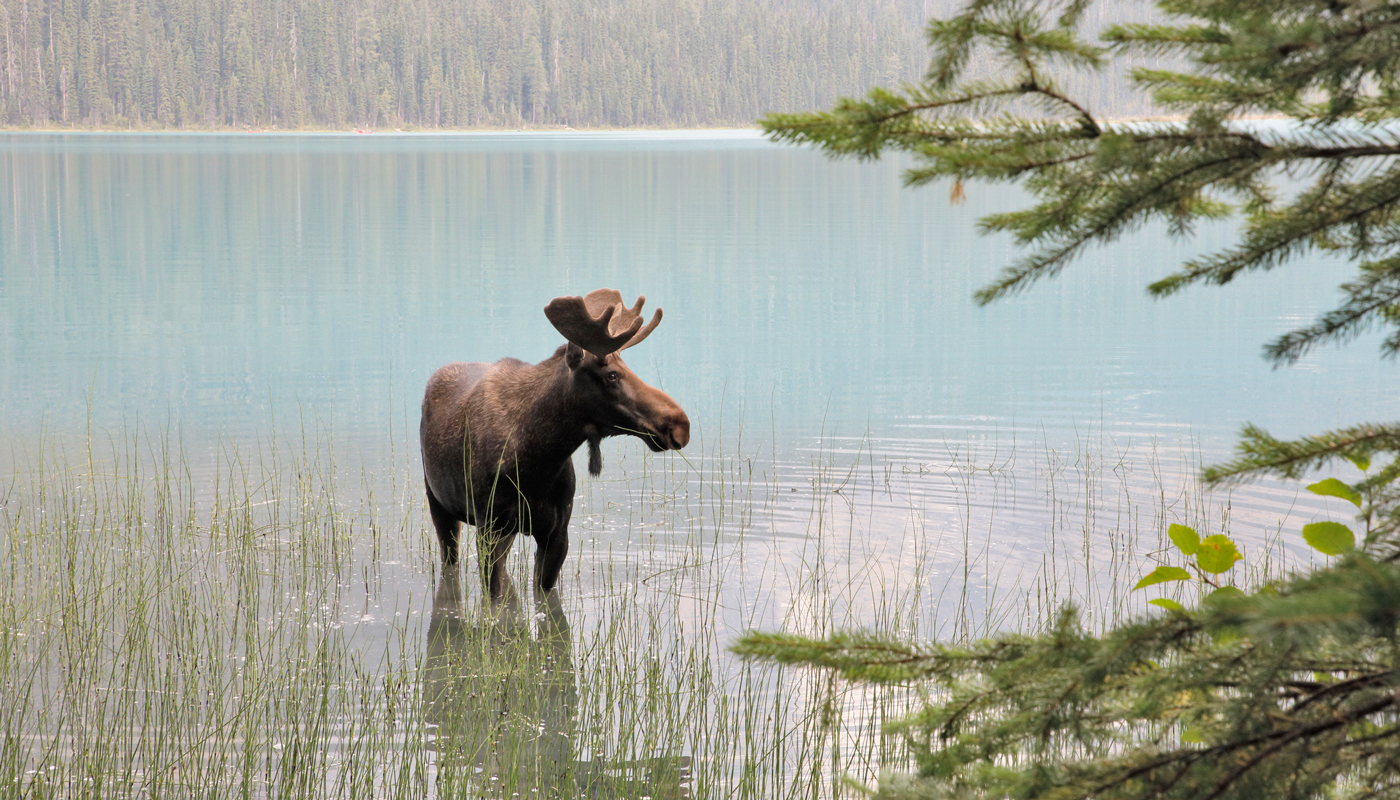 It's estimated that around 200-300 species of wildlife inhabit the Isle Royale National Park. The island's relatively isolated and protected status helps maintain its unique and varied ecosystem.
Getty Images
It's estimated that around 200-300 species of wildlife inhabit the Isle Royale National Park. The island's relatively isolated and protected status helps maintain its unique and varied ecosystem.
Getty Images
Wildlife viewing. The island is home to moose that swam there for the vegetation and also to their natural predator, wolves, that crossed the frozen waters of Lake Superior in winter. Documented populations of the two species and their predator-prey relationship have been studied by ecologists since 1958. Today, hikers attentive to off-trail sounds may see a moose, but you don’t have to venture far into the wilder land; sightings have been made even from the Rock Harbor Lodge. If spotting the massive animal is on your to-do list, consider making plans to join a moose-watch expedition during your visit. Smaller species of animal including beaver, snowshoe hare and red fox also make their home on the island.
Boat touring. Visitors can enjoy the park’s coastline on a sightseeing tour aboard the M.V. Sandy, but advance phone reservations can’t be made; you can only reserve your spot once you arrive on the island. There is also a relaxing three-hour cruise from the Houghton Visitor Center down the Portage Canal aboard the Ranger III.
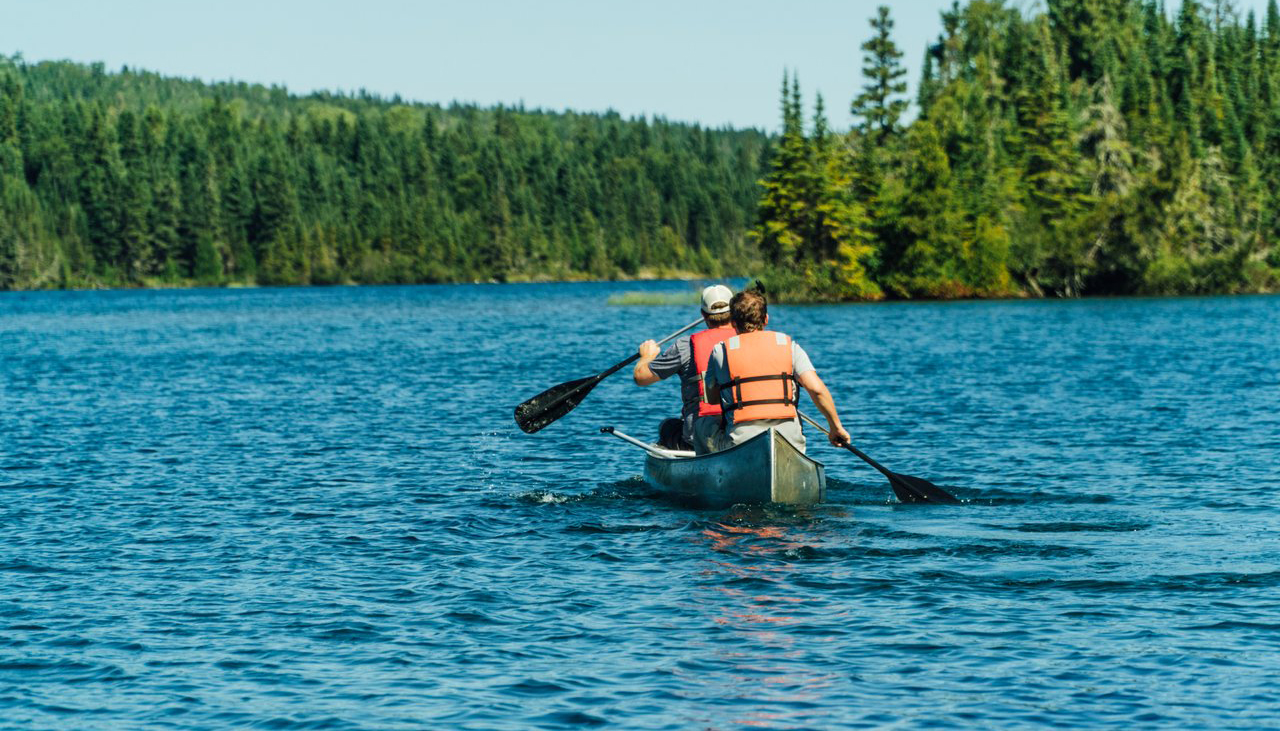 Pure Michigan
Pure Michigan
Paddling. Open-water navigation should only be attempted by experienced paddlers. Portages on the northeast half of the island let paddlers carry their canoes or kayaks to explore the island’s inland lakes. Voyageur II, operated by Grand Portage Transportation, offers canoe and kayak transport to various docks along the coastline of Isle Royale. Boat, canoe and kayak rentals are available at Rock Harbor and Washington Harbor.
Fishing. There are plenty of recreational fishing opportunities on the island for trout, salmon and other fish. Anglers can fish Lake Superior and the inland lakes from shore or by boat, canoe or kayak. Fishing licenses are not required for inland lakes and streams. Fishing charter services are available at Rock Harbor Lodge, and the lodge’s Lighthouse Restaurant can even cook your catch for you.
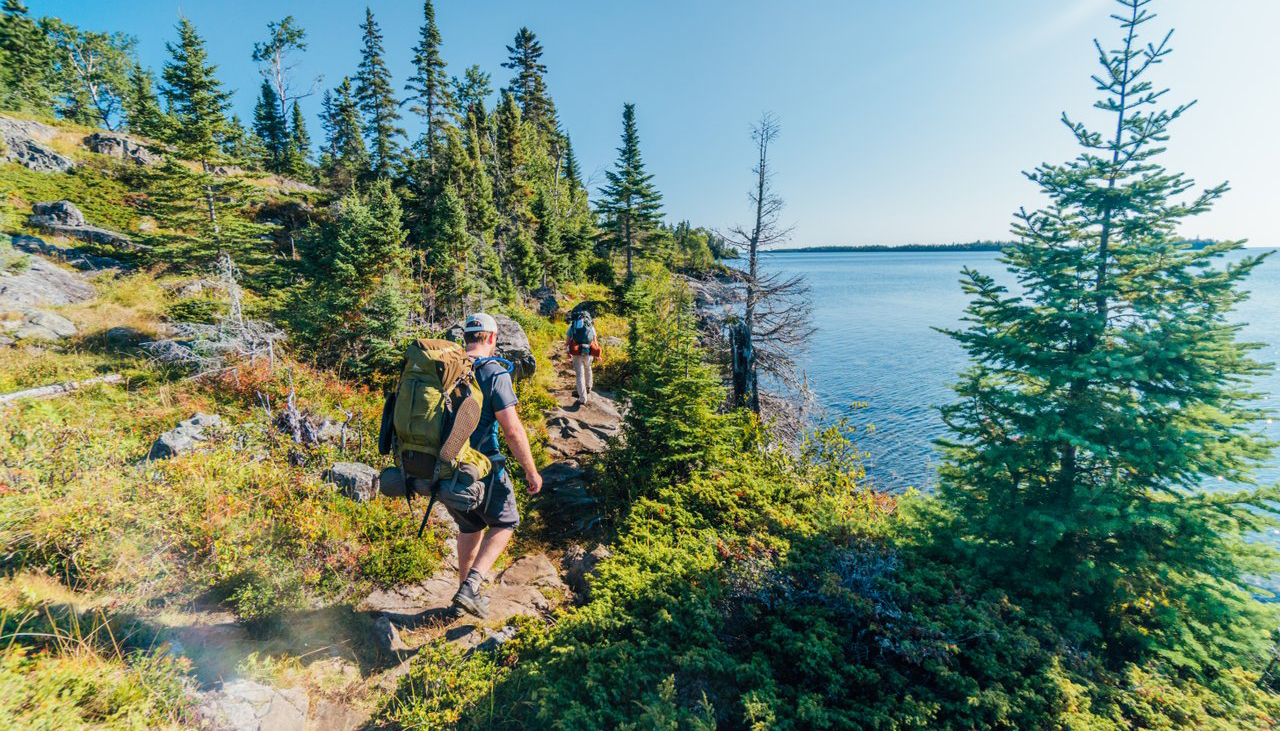 Most of Isle Royale’s trails are designed for multi-day hikes, with 36 campgrounds located along the trails, providing opportunities for backcountry camping in a truly isolated setting.
Pure Michigan
Most of Isle Royale’s trails are designed for multi-day hikes, with 36 campgrounds located along the trails, providing opportunities for backcountry camping in a truly isolated setting.
Pure Michigan
Hiking and backpacking. The island is a fantastic hiking destination with 165 miles of wilderness trails and 36 campgrounds. Short hikes can be taken around Rock Harbor on the north side of the island and Windigo bay on the island’s south side. If you’re an experienced backpacker and up for an adventure, you can hike the 42-mile Greenstone Ridge in less than a week (depending on your speed and commitment as well as the weather). Minong Ridge Trail is a less-developed trail that runs parallel to The Greenstone for 26 miles.
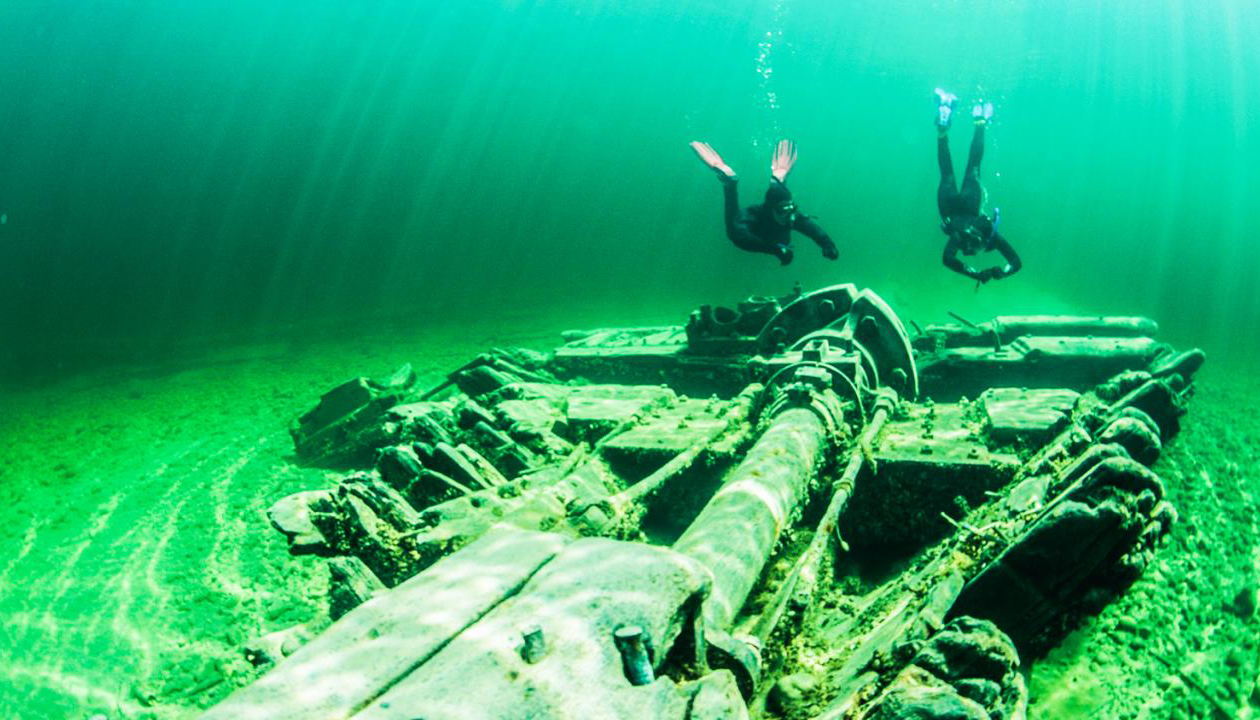 The waters surrounding the park are home to some of the best-preserved shipwrecks in the world.
NPS
The waters surrounding the park are home to some of the best-preserved shipwrecks in the world.
NPS
Diving. Experienced SCUBA divers are drawn to the ten major sunken shipwrecks within the park. The oldest of these wrecks is the SS Algoma, one of the first steel-hulled vessels on the Great Lakes, which fell victim to a powerful hurricane in 1885. Most of the wrecks are well-preserved thanks to the cool, clean fresh water of Lake Superior. If you’re an experienced diver and don’t mind cold water, consider planning your underwater adventure with Isle Royale Charters.
Uncover more stunning U.S. National Parks with AAA. Learn how you can explore on your own or with a trusted AAA Travel partner.
Start Planning Today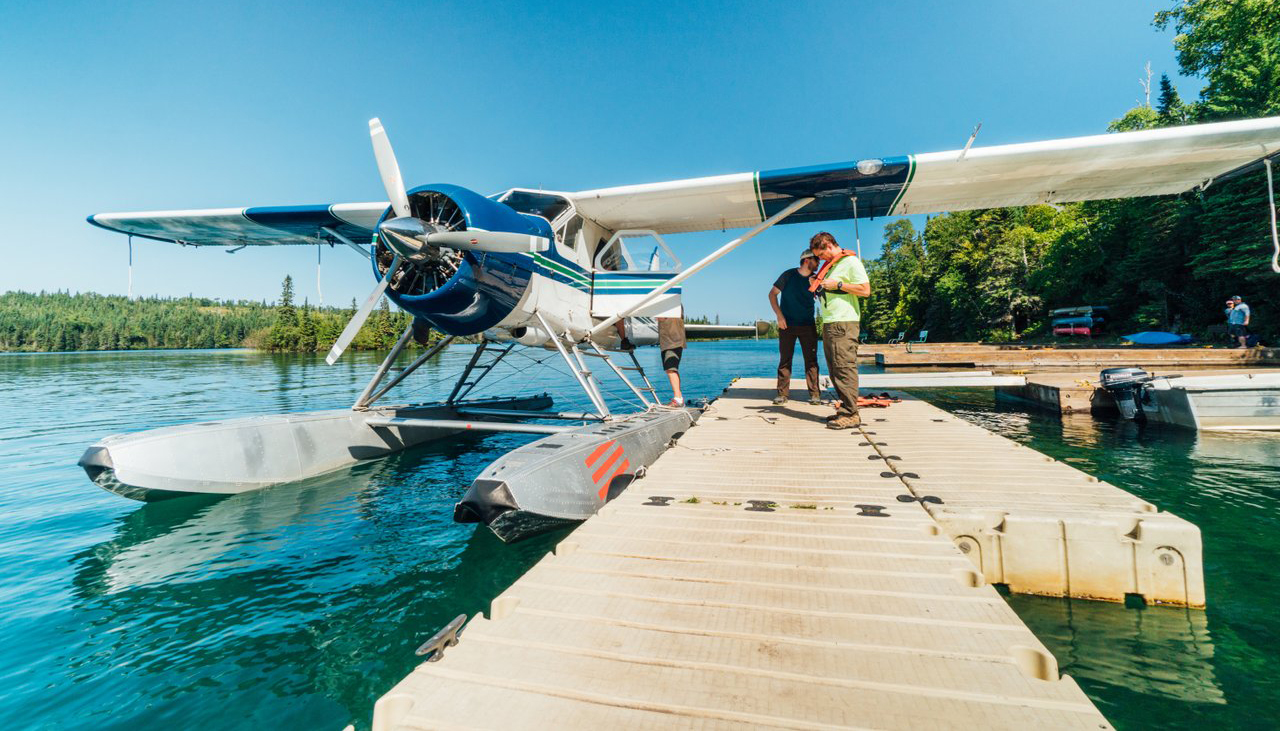 Pure Michigan
Pure Michigan
How to Get There
Isle Royale National Park can be reached by seaplane from Houghton, Michigan, or by boat ferry from Houghton or Copper Harbor, Michigan, or Grand Portage, Minnesota. Water travel takes several hours each way, while a seaplane can reach the island in about 30 minutes. Voyageur II provides passenger service to the park with drops at trailheads and paddling embarkation points around the island. Ranger III is a passenger ferry that travels from Houghton to either Rock Harbor or to Windigo. The Isle Royale Queen IV travels from Copper Harbor to Rock Harbor with a return trip three hours later, making it a good option for a day visit.
When to Go
Isle Royale, the only national park that closes for the winter, is open to visitors from April 16 through October 31. Warm weather and fewer flying insects like mosquitoes and black flies make August the best time to go.
Where to Stay
Mainland lodging includes AAA-designated options in Houghton, Michigan. The only lodging within the park is at Rock Harbor Lodge. It has 60 lakeside rooms and 20 housekeeping cabins. The cabins, each of which can accommodate up to six guests, have private bathrooms and kitchenettes. Washington Harbor at the Southwest end of the island has camper cabins, a rustic alternative to camping.
Good to Know